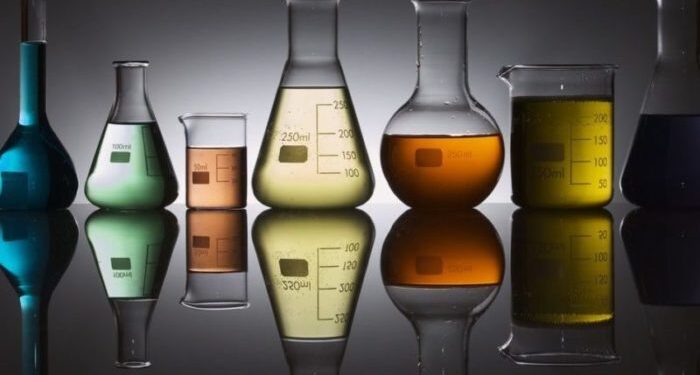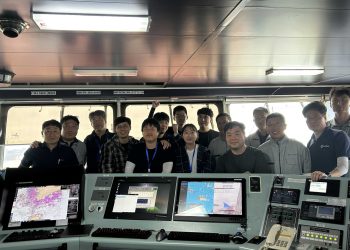The International Organization for Standardization (ISO) published a document to inform on the new edition of the ISO 8217 specifications of marine fuels. This sixth edition(ISO 8217:2017) cancels and replaces the fifth edition (ISO 8217:2012), which has been technically revised.
This sixth edition reflects important and significant changes. These include substantial amendments to the scope and to the general requirements. Changes to the distillate fuels include the following:
- additional grades, DFA, DFZ and DFB have been added with a maximum fatty acid methyl ester(s) (FAME) content of 7,0 volume %;
- the sulfur content of DMA and DMZ has been reduced to a maximum of 1,00 mass %;
- the sulfur content of DMB has been reduced to a maximum of 1,50 mass %;
- requirements for the following characteristics have been added to winter grades of DMA and DMZ: cloud point and cold filter plugging point.
The following annexes, previously included, have been deleted, but the key information is included in the body of this document or is available in referenced industry publications:
- Sulfur content;
- Flash point;
- Catalyst fines;
- Precision and interpretation of test results.
All other annexes have been reviewed and updated.
WARNING
The handling and use of products specified in this document can be hazardous if suitable precautions are not observed. This document does not purport to address all of the safety and health considerations that can be associated with its use. It is the responsibility of the users of this document to establish appropriate safety and health practices and to determine the applicability of regulatory limitations prior to use.
ISO prepared this document in cooperation with ship owners, ship operators, shipping associations, national standards bodies, classification societies, fuel testing services, engine designers, marine fuel suppliers, fuel additive suppliers and the petroleum industry to meet the requirements for marine fuels supplied on a world-wide basis for consumption on board ships.
ISO recommends that the fuel characteristics or limits should be agreed between the purchaser and supplier and defined by both a category of fuel, as given by these guidelines, together with any different or additional fuel characteristics or limits necessary to adequately define that fuel.
Further information may be found in the official ISO release.
Source: ISO






























































